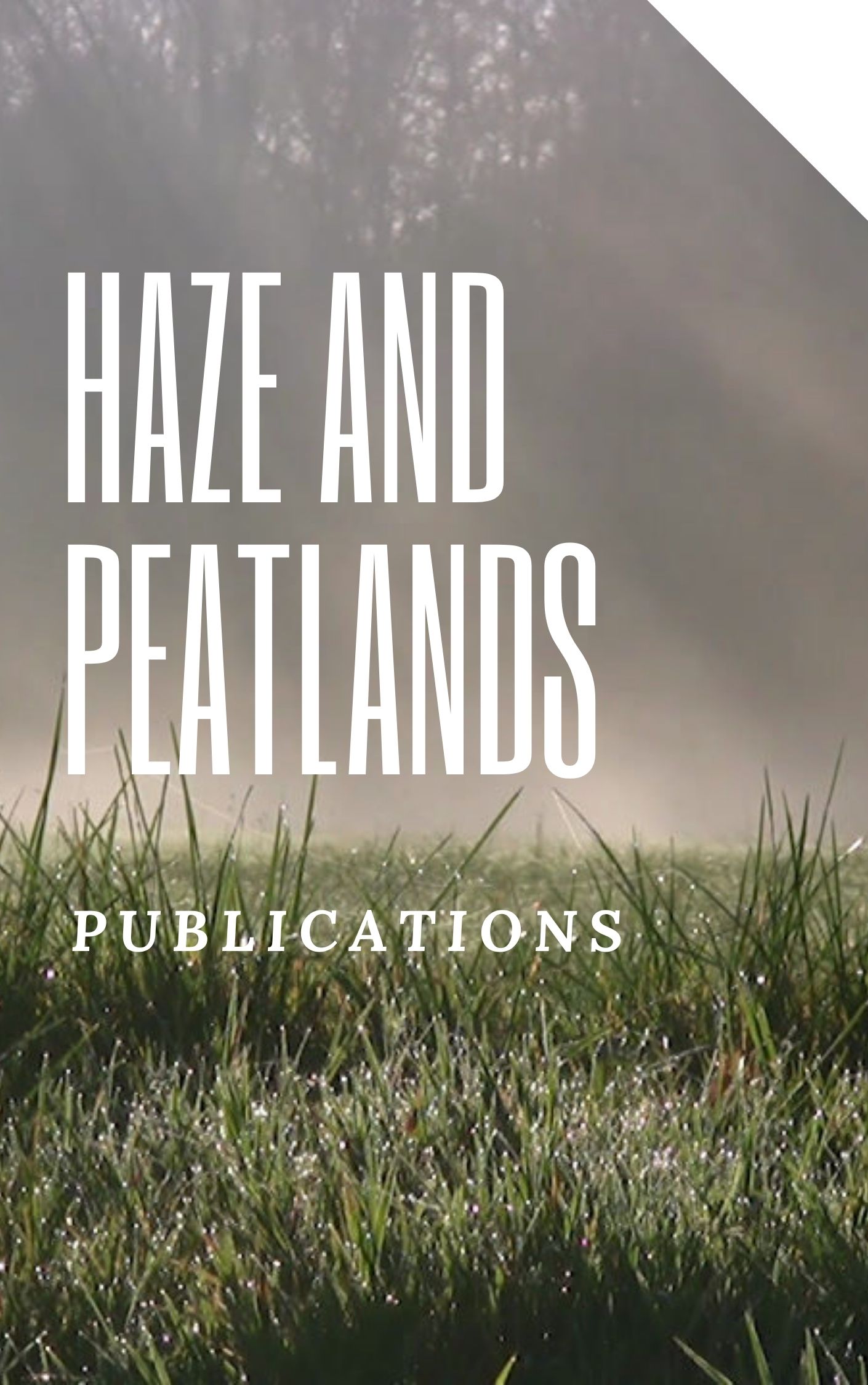The main goal of this project is to improve the knowledge base of parameters for calculating GHG emissions from peat fires in a sequence of increasingly degraded peat forests. To address this aim we amassed and analysed a comprehensive dataset of peat forest parameters for aboveground biomass, peat bulk density and peat carbon content as they are affected by fires. Using a chrono sequence of increasingly degraded peat forests we documented a new method to scale peat combustion factors according to the depth of peat burning, to accurately represent heterogeneric conditions of peat moisture across a landscape. The success of this project is that Indonesia is currently revising its FREL using the new updated data derived from our activities. The dataset amassed in this project also allowed for investigation of the recovery of species diversity of peat swamp forests following repeated fires. We observed that the richness and diversity of tree species recovers to about 80% of relatively undisturbed forests about 16-22 years after peat fires, as does the aboveground biomass. In contrast the structural composition of regenerating peat forests requires multiple decades for recovery. Management interventions, such as enrichment planting, will be required to increase the number and diversity of species which are not able to naturally recover over the first three decades after fires. The capacity building aspect of this project resulted in new skills acquired by both Indonesian and Australian researchers - we worked effectively as a team, achieving several peer-reviewed publications with the prospect of more to follow.
View source

